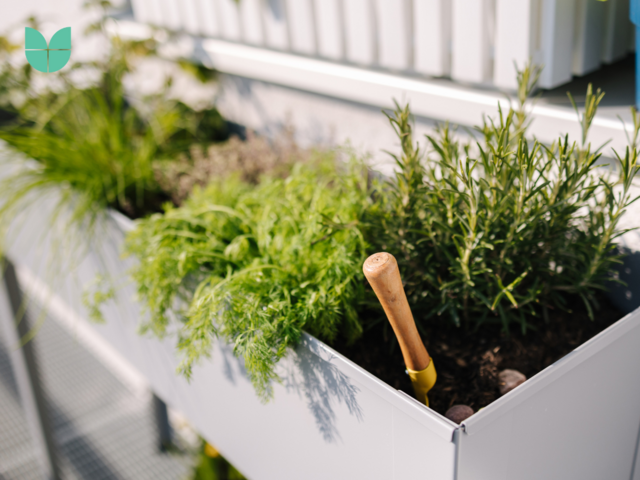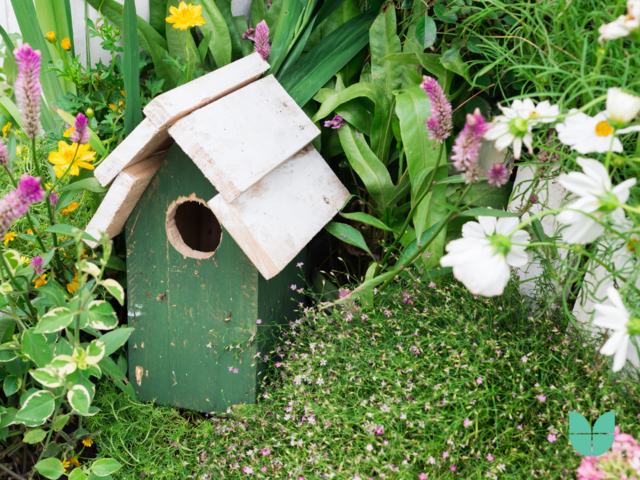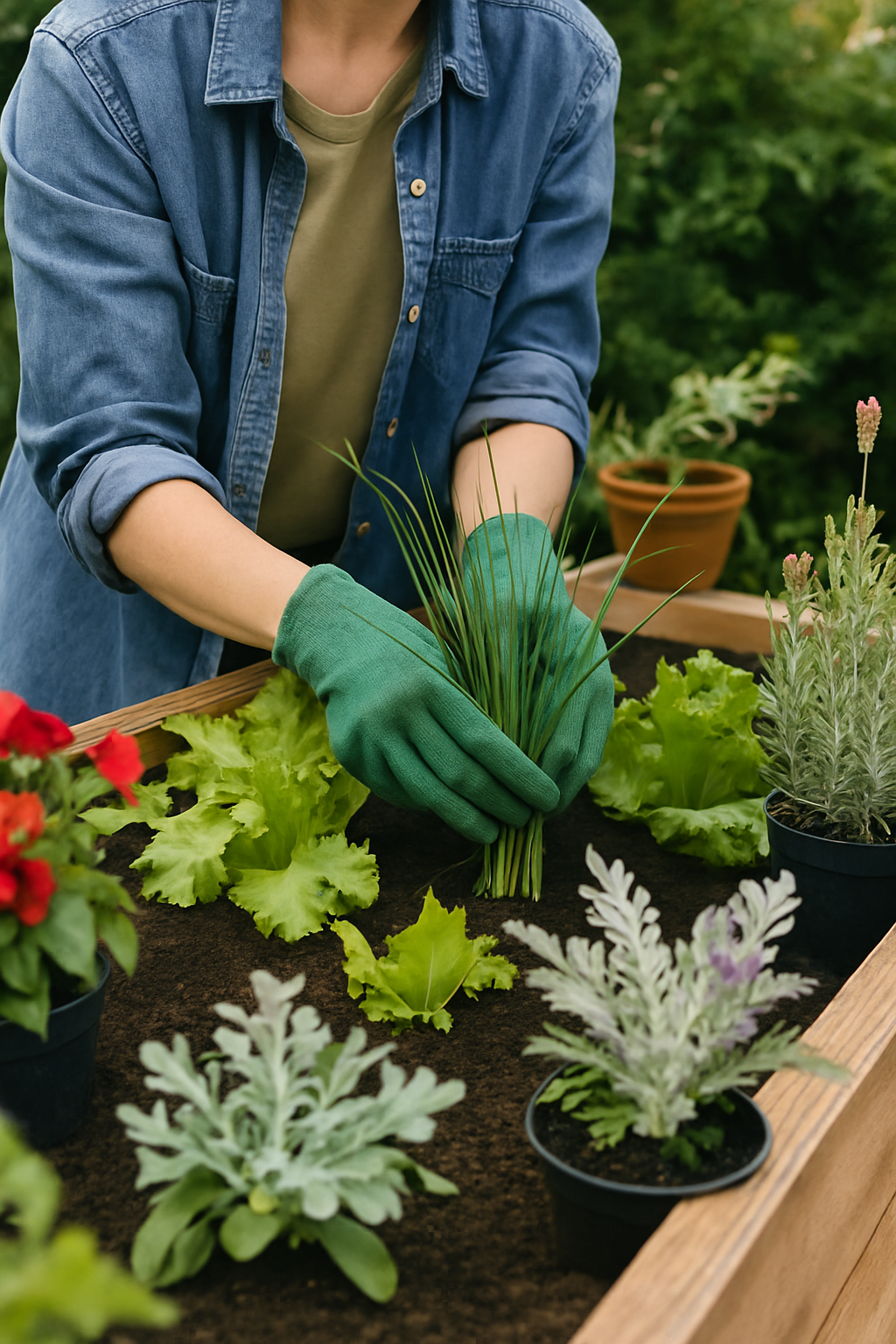Climate change is making its presence felt in increasingly widespread and dramatic ways. The need, and indeed the desire, to establish an eco-friendly lifestyle is also evident as people seek to reduce their carbon footprint and introduce more sustainable ways to protect the environment. While gardening may seem like nothing more than a pleasant hobby, it is also an effective strategy in the quest for sustainable living. Sustainable gardening practices not only contribute to a healthier planet but also enhance our well-being and connect us more deeply with the natural world.

The principal goal of sustainable gardening is to create an eco-friendly space that supports the local ecosystem, conserves resources, and reduces pollution. Traditionally, there has been a gardening culture that involves chemical fertilisers and pesticides, excessive water use, and non-native plants that may not support local wildlife. While much of this is based on misinformation and outdated marketing techniques, today there are enough alternatives and plenty of information to allow gardeners to undo these bad habits of the past. By adopting more sustainable practices, gardeners can cultivate spaces that thrive in harmony with nature, support biodiversity, and reduce the overall carbon footprint of maintaining a garden. Let's explore some practical steps you can take to garden sustainably and make a positive environmental impact right in your own backyard.
Start with soil health
Healthy soil is the foundation of a sustainable garden. Good soil will support plant health, it helps plants retain water and it stores carbon, therefore reducing the amount of carbon dioxide released into the atmosphere. You can enhance your soil's health by:
- Composting: Don’t dump your kitchen scraps in the bin, compost! It will both reduce landfill waste and enrich your soil with vital nutrients. This natural fertiliser promotes healthy plant growth and microbial activity in the soil.
- Avoiding chemicals: Choose only organic fertilisers and natural pest control methods. This supports a healthier ecosystem and reduces harmful runoff into waterways.
Choose the right plants
Selecting the right plants may seem obvious but there are some guidelines that need to be followed. Native plants are particularly beneficial as they are adapted to the local climate and soil. They require less water, and provide essential habitat for native birds, insects, and other wildlife.
- Go native: Research native plants in your area and include a variety of species to support a healthy, biodiverse garden.
- Edible gardening: Growing your own fruits, vegetables, and herbs reduces the carbon footprint associated with transporting food. Plus, it's a rewarding way to enjoy fresh, pesticide-free produce.
Water wisely
Water conservation is a key aspect of sustainable gardening. Overwatering not only wastes water but also harms plants and soil health.
- Rainwater harvesting: Collect rainwater in barrels in your garden. This reduces the reliance on municipal water supplies.
- Drip irrigation and mulching: These techniques help minimise evaporation and ensure water goes directly to the plant roots where it's most needed.

Encourage wildlife
A sustainable garden can be a safe and bountiful haven for wildlife, offering food, water, and shelter.
- Bird feeders and baths: The more birds in your garden, the fewer pests sabotaging your plants.
- Pollinator-friendly plants: Include plants that attract bees, butterflies, and other pollinators essential for plant reproduction.
Sustainable gardening practices
There are some simple practices that gardeners can incorporate into their routine which can have a profound impact on the environment and reduce their carbon footprint.
- Reduce, reuse, recycle: Use recycled materials for garden projects and repurpose old or broken household items as planters. Also reduce waste wherever possible.
- Green energy: Use solar-powered garden lights and water features to minimise energy use.
Sustainable gardening is an effective way to contribute to environmental conservation, to promote biodiversity, and crucially, reduce your carbon footprint. These tips are beneficial to the planet as well as your personal well being. Soil health, the right plants and water conservation are an ideal starting point. From there you can allow your garden to thrive in a sustainable and healthy environment for many years into the future. It doesn’t matter how small it may seem, every step makes a difference.
With our expert-led Garden Design courses, you too can embark on a journey to transform your green spaces into vibrant ecosystems. Whether you're a beginner who wants to know how you can contribute to the environment, or you are an experienced green thumb looking to deepen your knowledge in eco-friendly gardening practices, our courses offer something for everyone. Our hands-on approach ensures you'll not only learn the theories behind sustainable gardening but you will also apply these techniques in real-world scenarios, allowing you to design and nurture a garden that's both beautiful and beneficial to the earth. Check out our courses and find the right one for you. Perhaps today is the day you begin to transform your outdoor spaces into a thriving, eco-friendly space.

